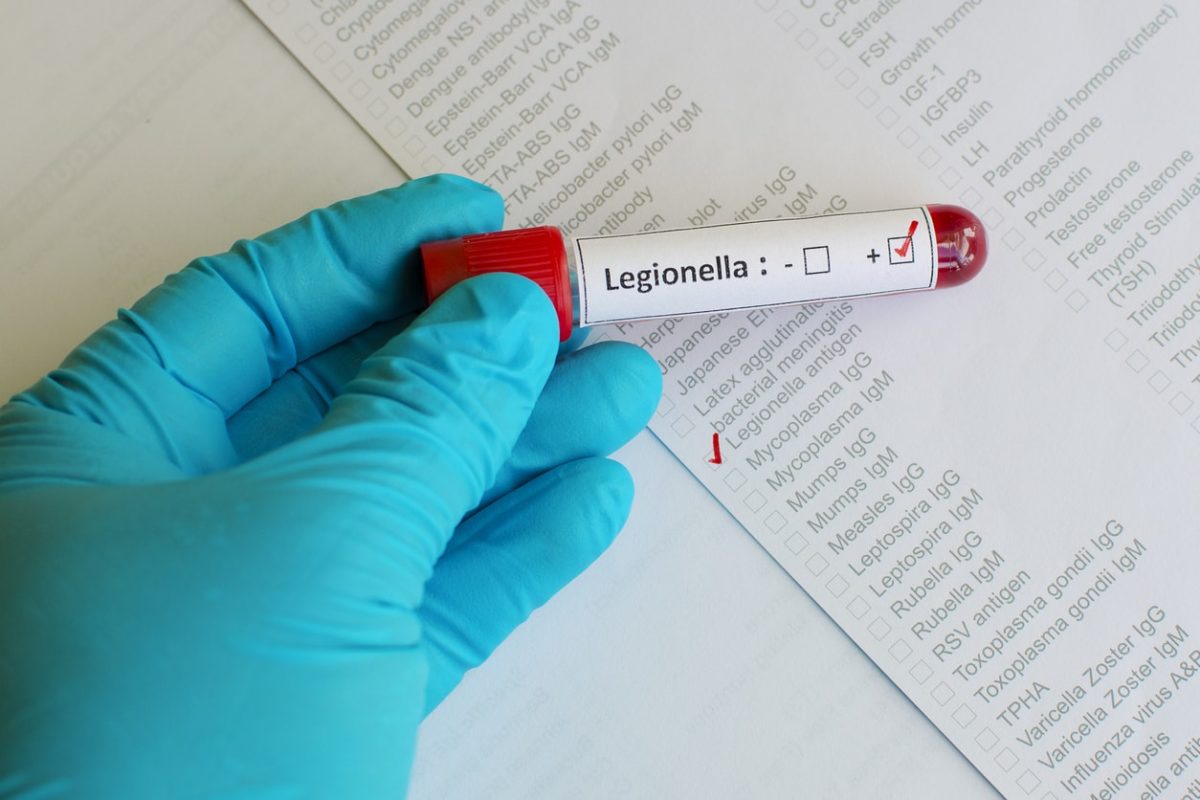
Not every business has to consider legionella insurance. In fact, most people could probably only infer that it’s some kind of bacteria. But for the water and wastewater treatment industry, knowing legionella inside and out is crucial for the health of the water drinkers. Which is everyone.
Unfortunately, your coffee, tea, and beer have water in them. And you need water in order to shower or even flush the toilet. However what happens in the case of legionella? The CDC’s Morbidity and Mortality Weekly Report in 2011 found that Legionnaires’ disease increased by 217% between 2000 and 2009. Consider how much it’s risen since then. Ten years is a lot of time to do damage.
It’s also no secret how certain part of the United States have struggled for clean water for years. Without legionella insurance, your company could have a huge liability to deal with. Here’s what every water treatment organization needs to know about legionella, courtesy of Legionella.org.
Is Legionella That Serious to Think About?
Why is it so important to focus on Legionella in the water? This particular bacteria is riddled with diseases like Legionella pneumophila, a waterborne pathogen found in natural and man-made water systems.
Pretty much every type of water supplies available can carry Legionella pneumophila. This terrible disease has been linked to outbreaks of both hospital- and community-acquired Legionnaires’ disease.
Hot tubs, spas, furniture, hospitals and workplaces: you can find legionella in these places. In retrospect, it’s possible to find this kind of bacteria everywhere. You can even find legionella in seawater cooling towers, which are often used for nuclear power plants. The bacterium can even be found in air conditioners. That’s why vigilance is key: there’s a good reason to keep your areas clean. This is exactly why.
Can Chlorine Kill Legionella?
Unfortunately, chlorine can still manifest legionella. In fact, the chlorine is what gets stripped in the process while the legionella remains in a warm temperature system. Chlorine is highly ineffective when it comes down to treating legionella long-term. This means that the legionella can adapt and get stronger.
Even residential water systems harbor this kind of disease, so think twice before taking a big gulp of water from your faucet in the middle of the night. If the residents of Flint, Michigan are refusing to drink their water, what about your own? If you’re in the water business, having clean water for the country (as well as the world) to use is the only way of survival for man. One of the most effective ways to disinfect long-term (unlike chlorine) is through copper-silver ionization and steady maintenance.
Can Ozone Be Used as a Disinfectant for Legionella Water Systems?
While ozone is a temporary treatment for a problem, it’s not going to solve anything long-term problems with big distribution systems.
What Are The Risks For Workers Around Legionella?
When working with condensation drains and air conditioners, the risk for a worker to come into contact with legionella is pretty small. If you have your equipment on right and properly sterilize it before leaving, you’re almost totally eliminating legionella exposure. But the thing is, accidents can still happen.
Many standard water treatment insurance programs exclude coverage for bacteria, contaminants, and corrosives, including Legionella. However, our Water Treatment Insurance program does not have these exclusions and will provide coverage for any legionella-related claims.
About Watercolor Management
WaterColor Management has insured the water industry for over 30 years. Our policies include unlimited defense cost coverage in the event of a lawsuit against you. Call us at (256) 260-0412 or email info@watercolormanagement.com for a quick quote for your Water Business Professional, Products/Completed operations, Pollution and General Liability Insurance.




